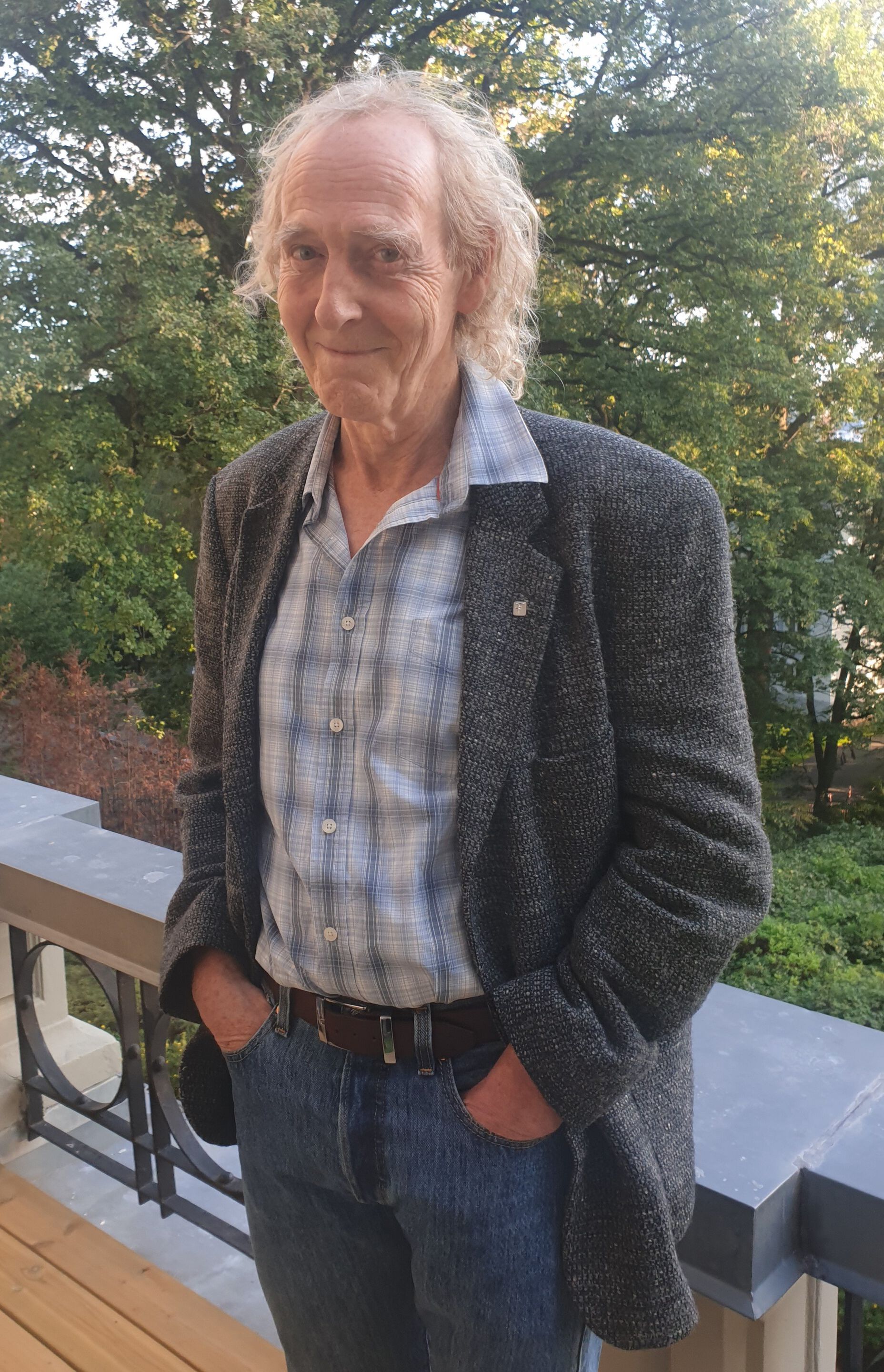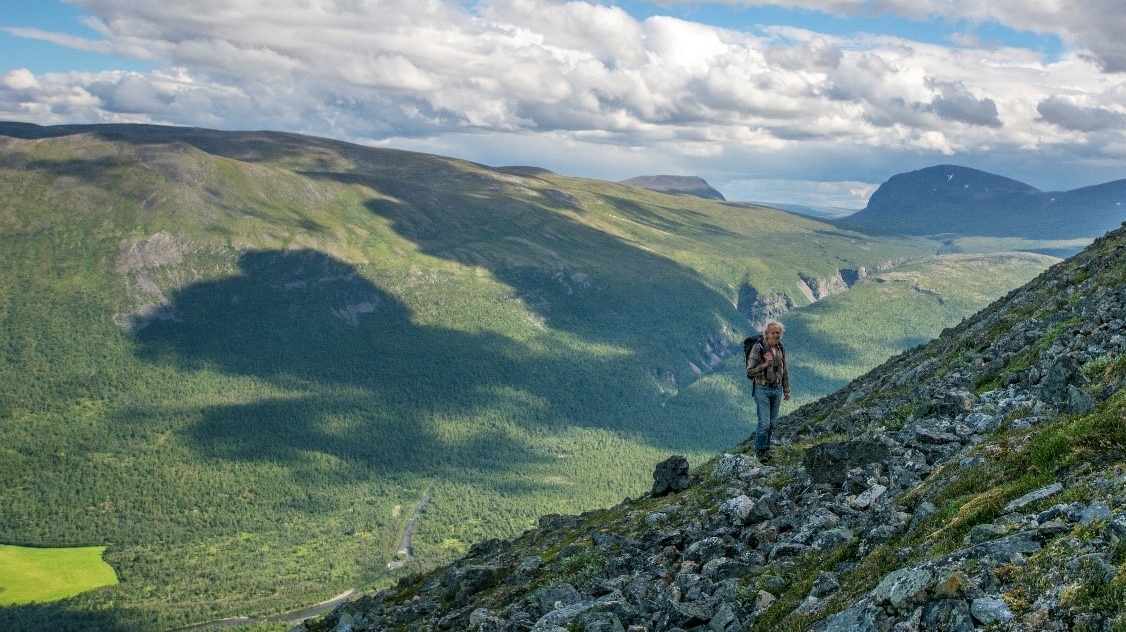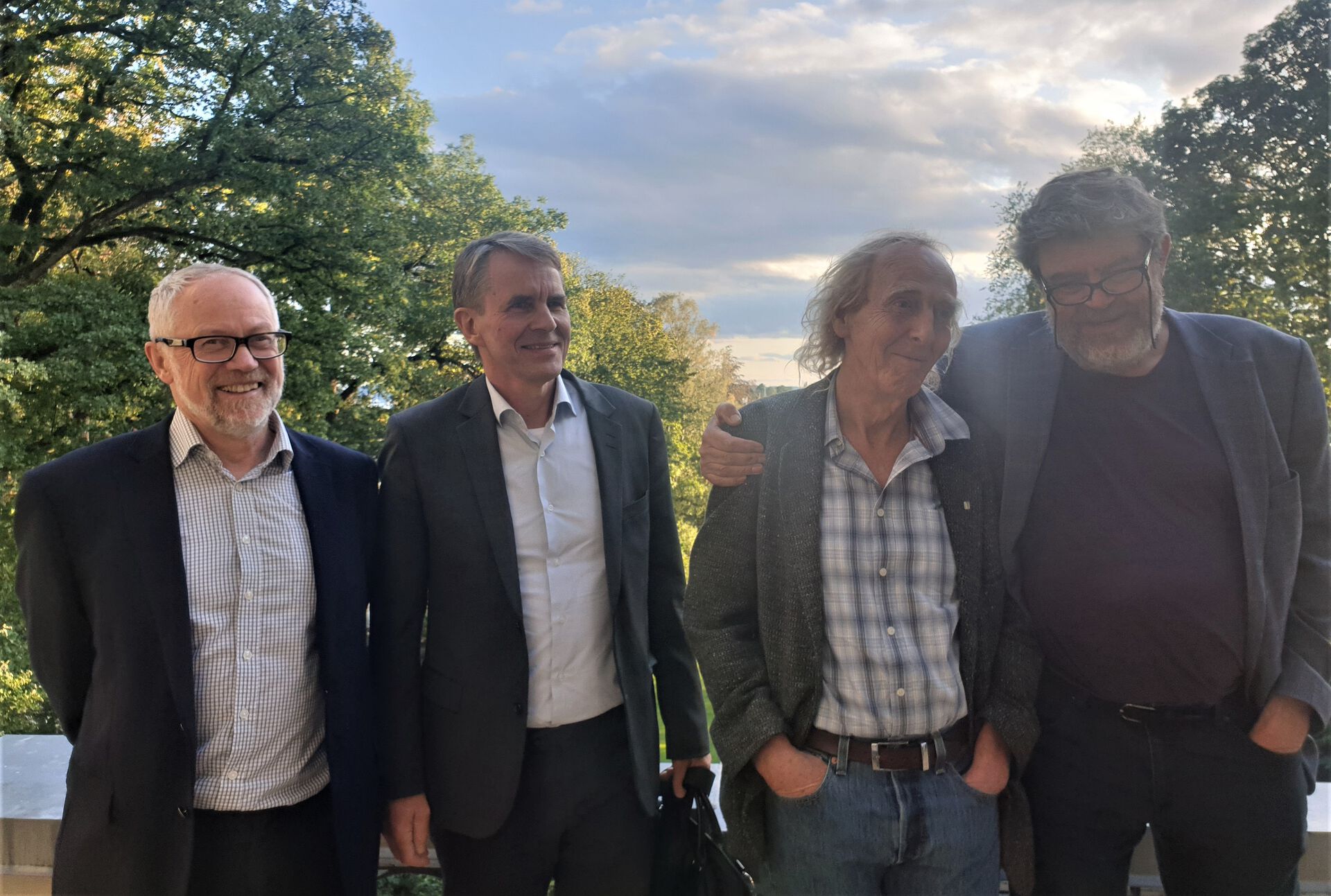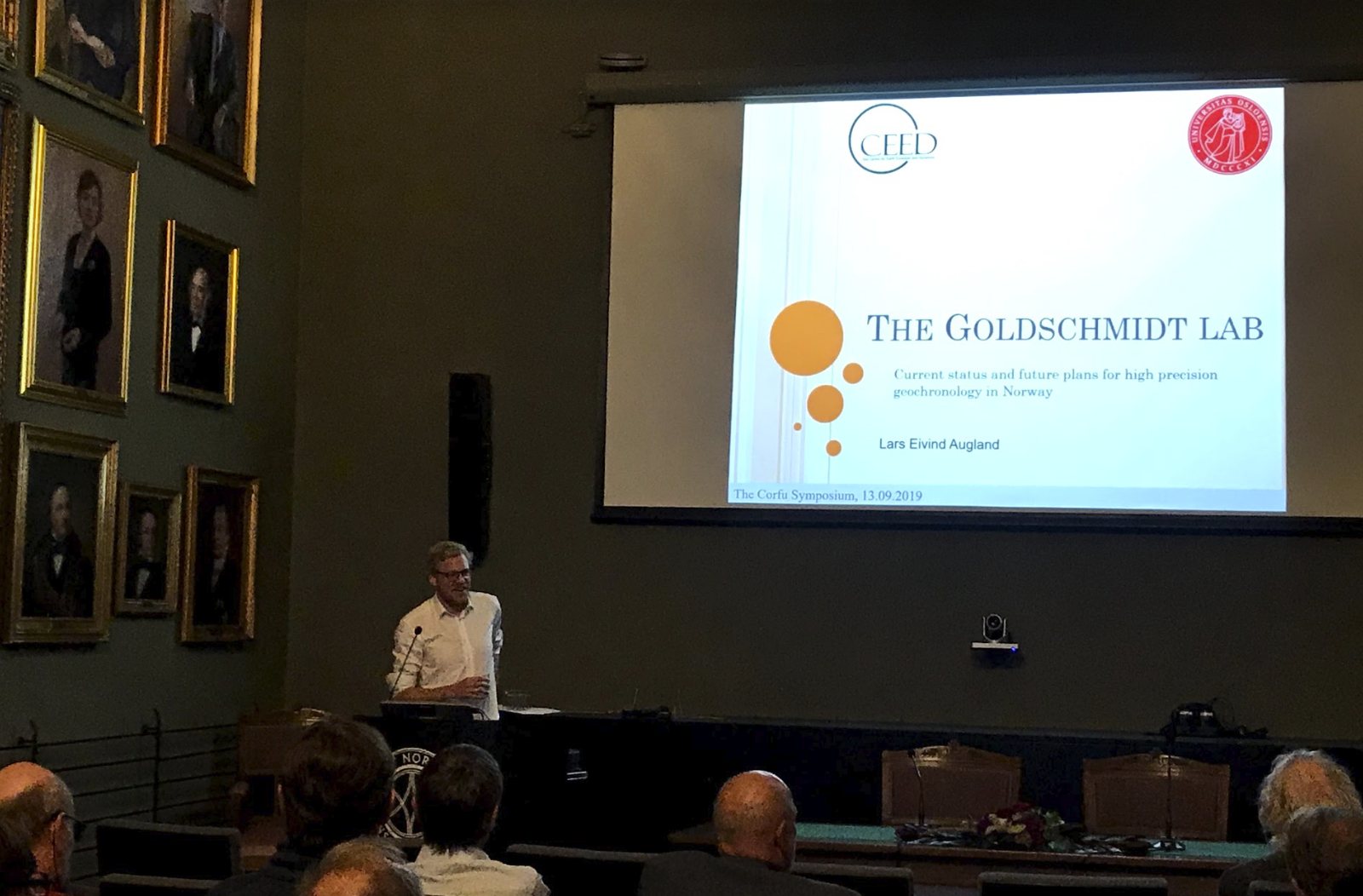
Through several decades Fernando Corfu has been one of the leading geochronologists worldwide working with high precision U-Pb dating. His research output on topics including magmatic and metamorphic processes, orogenesis, ore formation and volcanic events, to mention a few, is indeed remarkable. Fernando has been a pioneer in applying the U-Pb technique to different mineral systems and has both discovered new and refuted proposed orogenic events based on detailed field work and geochronology, as was pointed out in speeches during the dinner following the symposium. Fernando has also developed protocols for the measurement of other isotopic systems in zircon and other minerals, expanding their use from mere time tellers to petrogenetic tools.
For Norwegian geology, Fernando’s work has been instrumental. His efforts in dating rocks across the country have led to a tremendous refinement of our understanding of the orogenic and magmatic events that shaped our geology. He has showed in numerous publications how detailed field work and high precision geochronology is key to unravel the geologic history of different terranes and units.

The CORFU symposium included a series of talks covering a broad range of topics at the research forefront. From the first speaker, Urs Schaltegger (University of Geneva), we received a review of recent developments in improving the precision and accuracy of U-Pb ID-TIMS dating. He showed some examples of how the technique is applied to key stratigraphic intervals in order to reveal the mechanisms for environmental and biotic perturbations in the Earth’s history. The second speaker, James Connelly (University of Copenhagen), presented results on the chronology of our Solar System’s building blocks through to planet formation, concluding that planets were formed within the first few million years, contrary to previously favoured models.


After a sunny coffee break on the majestic balcony at the Academy, present collaborators of Fernando showed some of their work. Deta Gasser (Western Norway University of Applied Science) told us about her and collaborators work on the closure of the Iapetus Ocean informed by detailed field work and geochronology from the Trondheim Nappe Complex in Central Norway. Bernard Bingen (Norwegian Geological Survey) showed how extreme U- and Th-rich minerals were formed and altered in pegmatites from Southern Norway, whereas Derya Gürer (University of Queensland) presented her research on ophiolites and subduction initiation. She provided more examples on how detailed structural geology and high precision geochronology is required to robustly test tectonic models. Before Fernando’s concluding remarks, where he emphasised some key moments in his life and career, there was also a presentation of what the future plans are for the ID-TIMS lab at the Department of Geosciences.
There will certainly be an effort to honour Fernando’s legacy by continuing and renewing the laboratory to ensure that it will remain at the international forefront also in the future.

Congratulations again to Fernando from all of us at CEED!




